
This is how our planet looked like, 50 million years ago…. everything was already there: mammals, flowers, oceans, birds, reptiles, clouds, fishes, forests, rivers, everything …. Except humans…..
Our universe just celebrated its 13.8 billionth birthday. Our home in that vast universe, planet earth, is about 4.5 billion years old. The earliest evidence of primitive life in this home [single cells] dates back about 3.5 billion years. 50 million years ago [which is only 1.4% of that 3.5 Bln.] our world was already a beautiful ecosystem; everything was there: mammals, fish, reptiles, birds, flowers, rivers, jungles, clouds, everything.
Except for humans…..
We, inhabitants of our home in the universe, have great difficulties conceptualizing and relating to these time frames. Funny, we can very well relate to $10.000.- but 10.000 years is practically beyond our capacity to relate to. Let alone 50 million years.
So let´s use a trick to make it possible to relate to those “tiny” 50 million years on a geological scale and equal those years with 24 hours in a day. How does our history fit in that geological time scale?
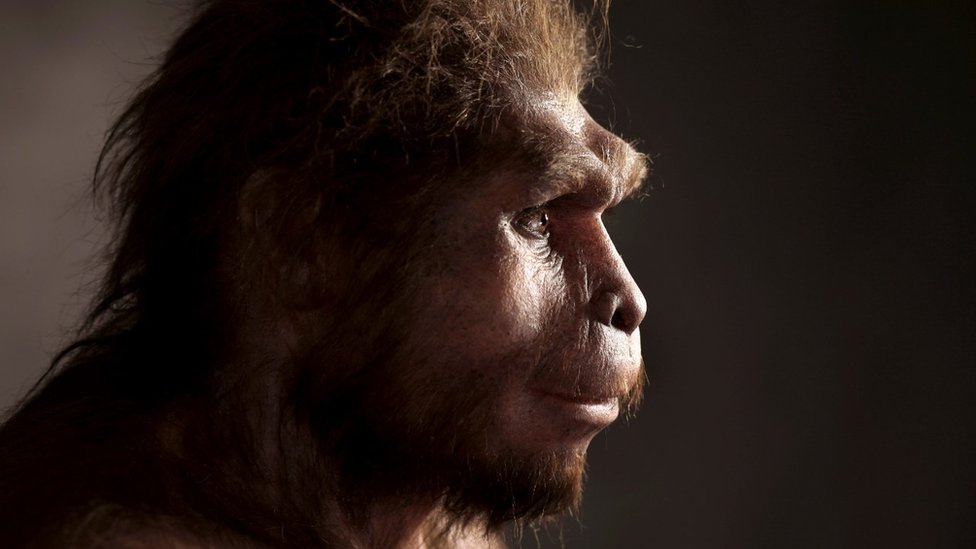
This extinct species was among the first recognizable members of the genus homo; the first human ancestor to spread throughout the world. Appeared a little less than one hour before the end of our "50 mln. years 24-hours-day".
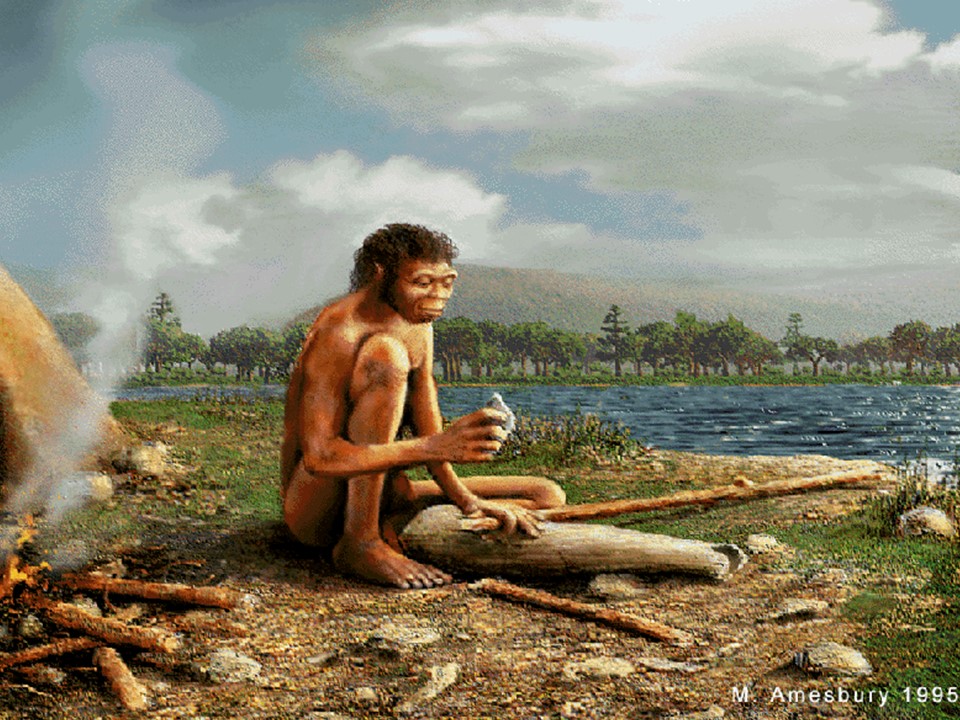
“Inventing” how to use fire dates probably 1 million years back. It was an important step in humanity´s evolution since it allowed for cooking, warming, and protection. This step happened half an hour before "the day" ends.
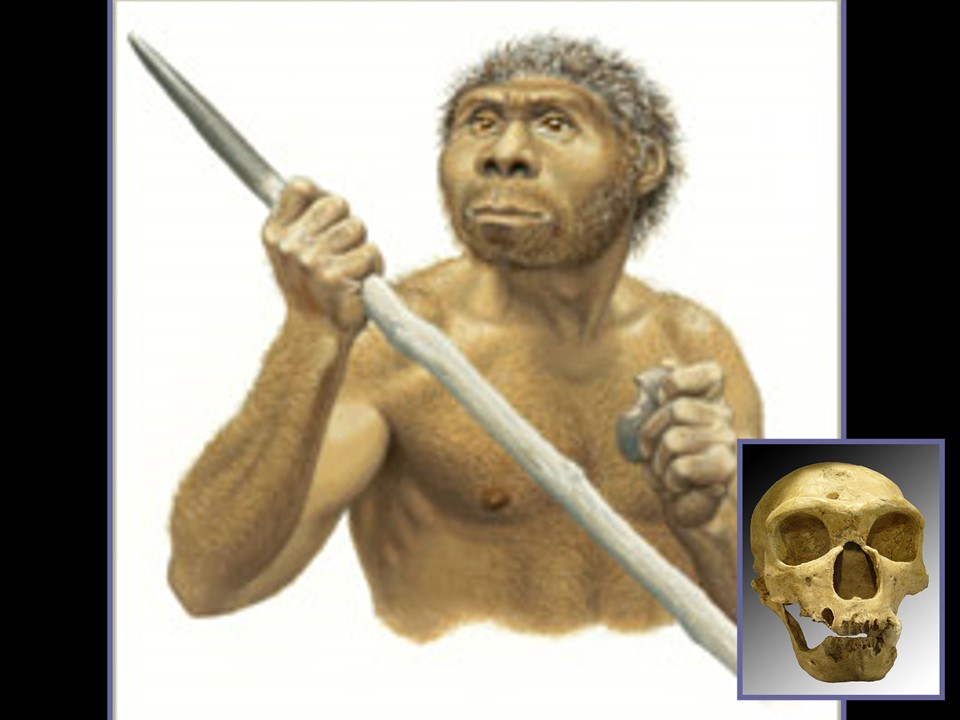
Homo sapiens evolved from their early hominid predecessors approx. 350.000 years ago, the estimated era of divergence from the common ancestor of all modern human populations. 10 Min. before the end of "the day".
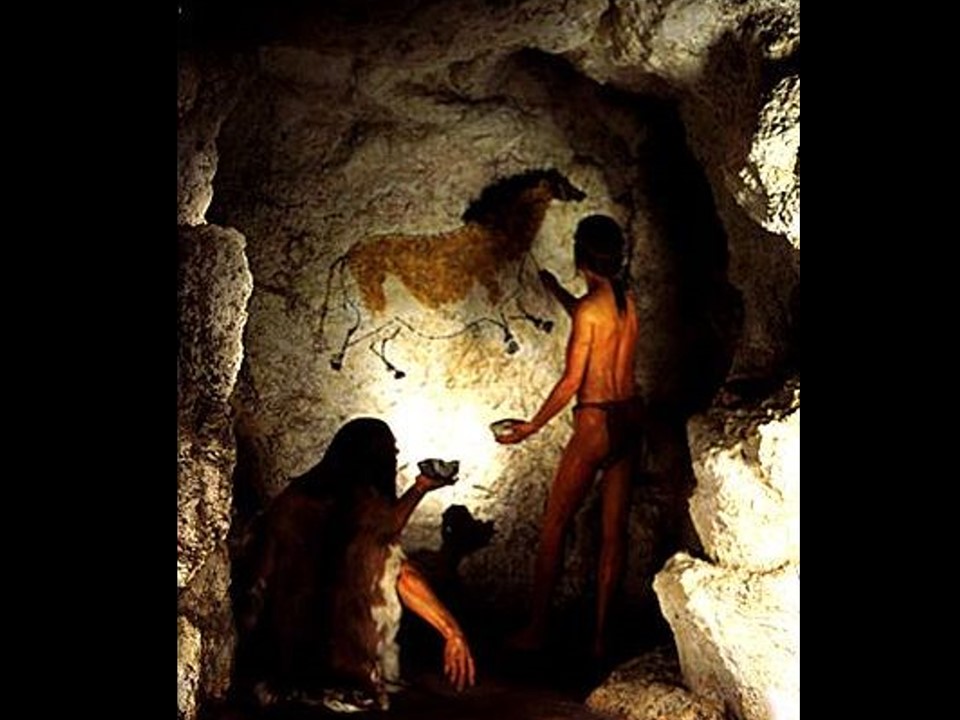
Cro-Magnons were the first early modern humans to settle in Europe. They created the famous cave paintings of Altamira in Spain, for instance. One and a half minutes....
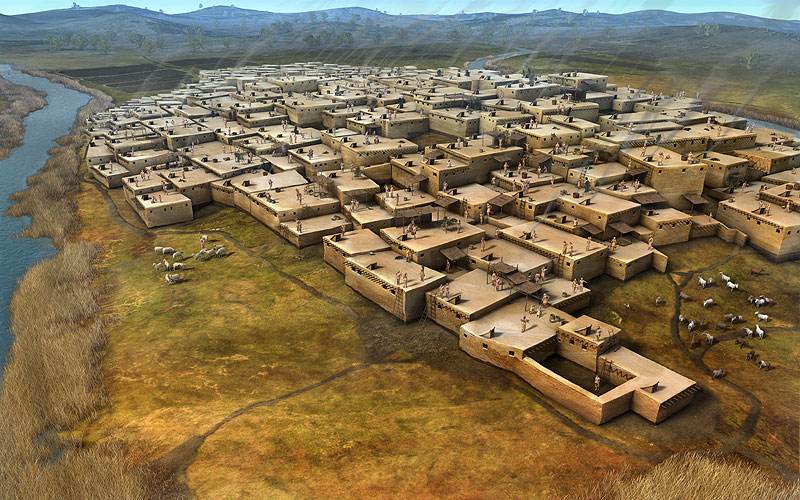
When prehistoric human beings gave up the nomadic life, they began to farm the land, settled down, and founded villages. A pivotal moment in our evolution. [Artist’s impression of Çatalhöyük: Dan Lewandowski. Science News – May 31, 2019]. 18 seconds.
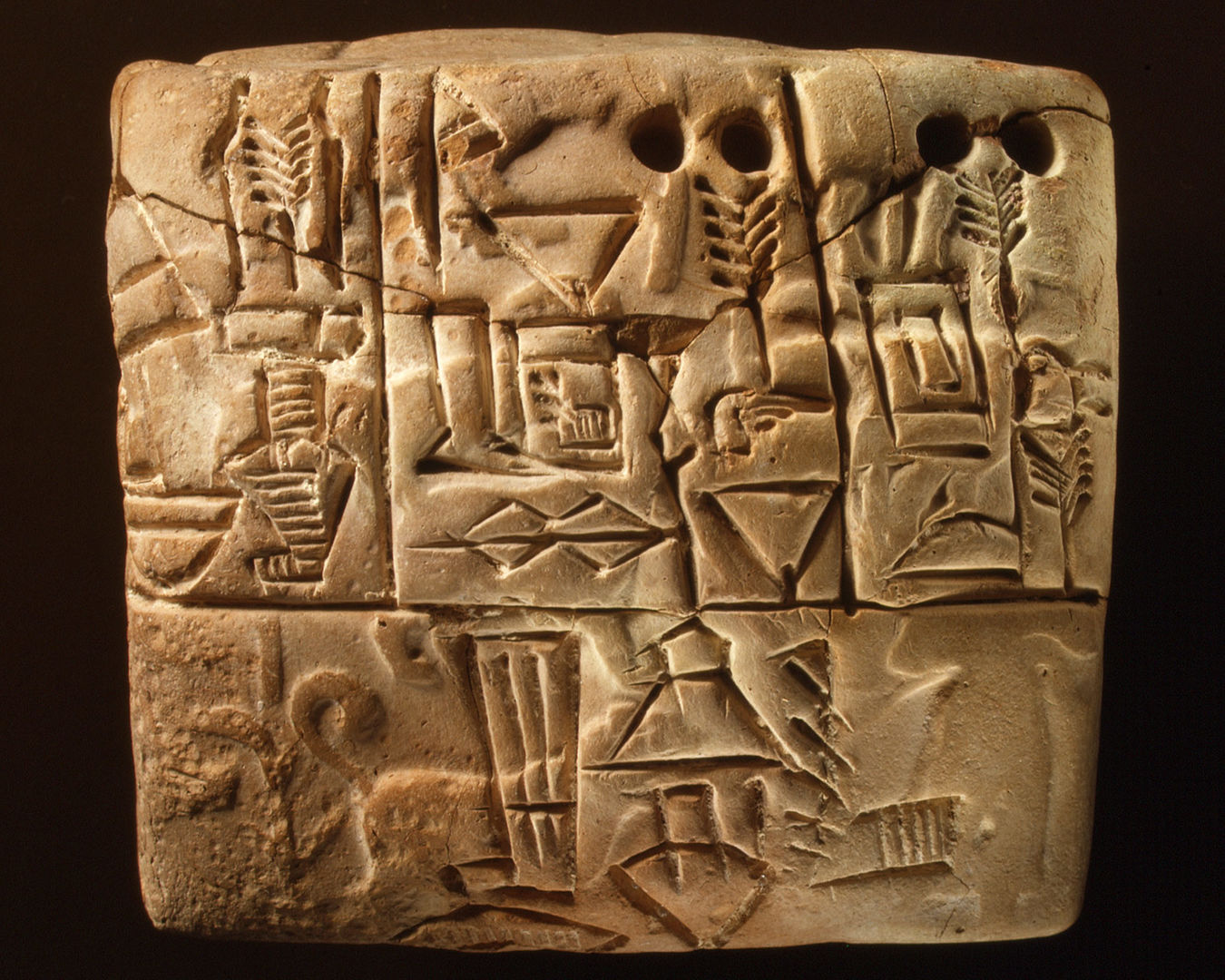
Cuneiform is a system of writing, first developed by the ancient Sumerians of Mesopotamia. It is considered to be one of the first examples of human writing. [photo: Metropolitan Museum of Art]. 9 Seconds before the end of "the day".
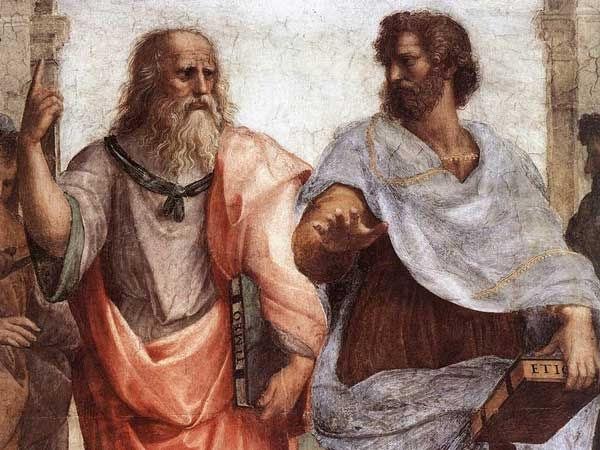
Socrates and Plato lived approx. 2.500 years ago, and left us their undeniable influence on Western thought. 4 Seconds before the end of "the day".
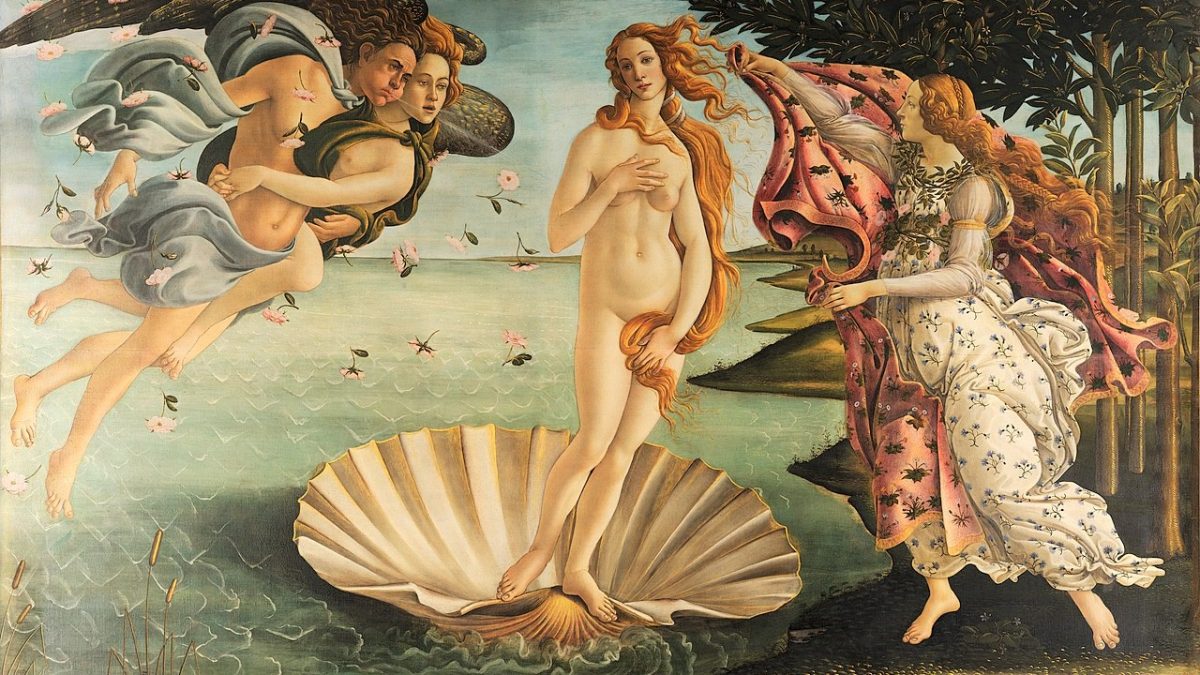
Sandro Botticelli painted ´The birth of Venus` approx. 500 years ago, amid The Renaissance. Less than one second before "the day" ends.

Descartes, for many the father of modern philosophy and continental rationalism. 0.7 of a second...

This was the transition to new manufacturing processes in Europe and the United States. It also led to an unprecedented rise in the rate of population growth. Ca. 200 years ago, or 0.3 seconds.

After its dedication in 1886, the statue became an icon of freedom and the United States, seen as a symbol of welcome to immigrants arriving by sea. 0.2 of a second.

That was 75 years ago. My generation. The ones who enjoyed the sexual revolution of the ´60s fiercely protested the power of vested interests and the Vietnam war and then warmly supported the birth of the neoliberal philosophy in the mid-´80s. 0.1 of a second....
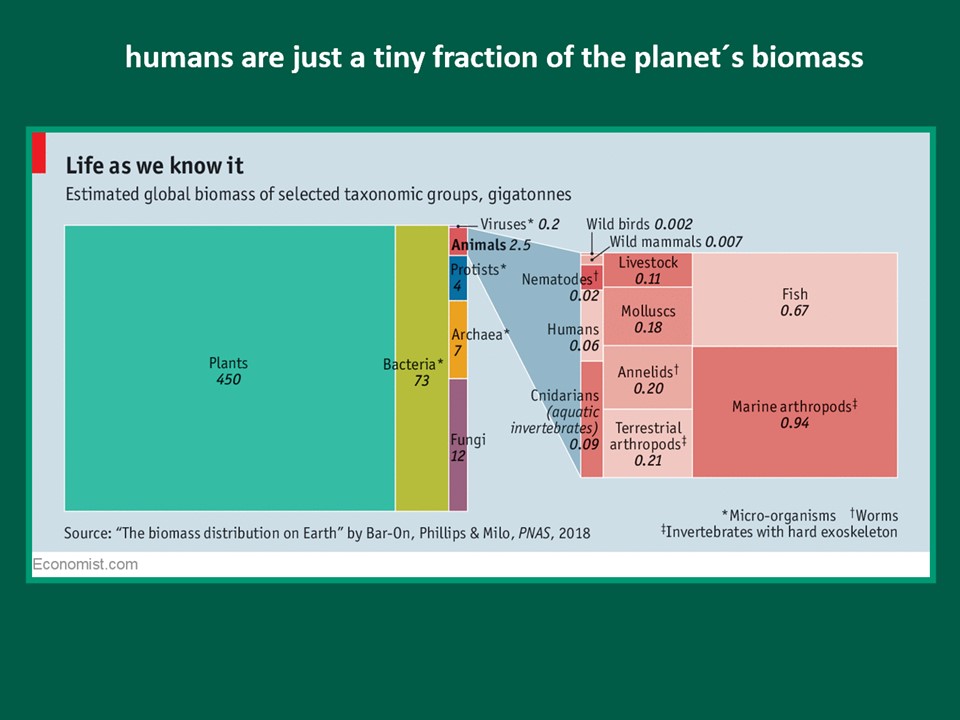
Especially when we look at the start of the First Industrial Revolution, only ca. 200 years ago.
This superb graphic was published by The Economist – on May 26, 2018; based on research by dr. Yinon Bar-On a.o. – Weizmann Institute of Science. It is a beautiful illustration of our total insignificance as a physical presence on planet earth.
….. how such a fragile animal can cause so much misery in a balanced planetary ecosystem. A crystal-clear, convincing analogy with an extremely aggressive, death and destruction-causing type of cancer cells in a human’s body comes to the fore….
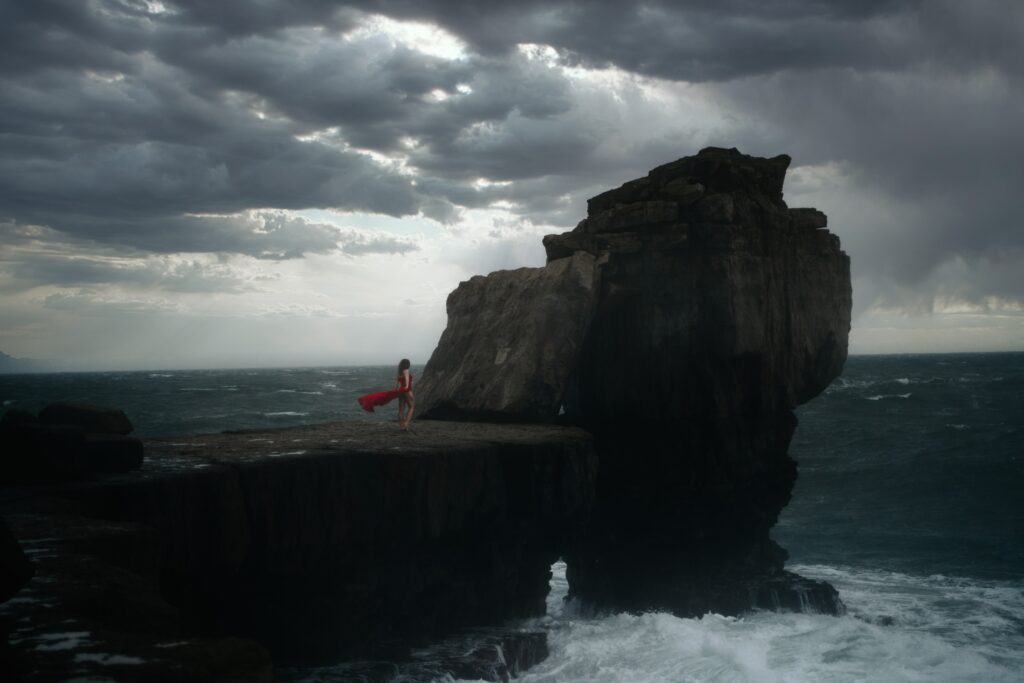
photo: Keefikus
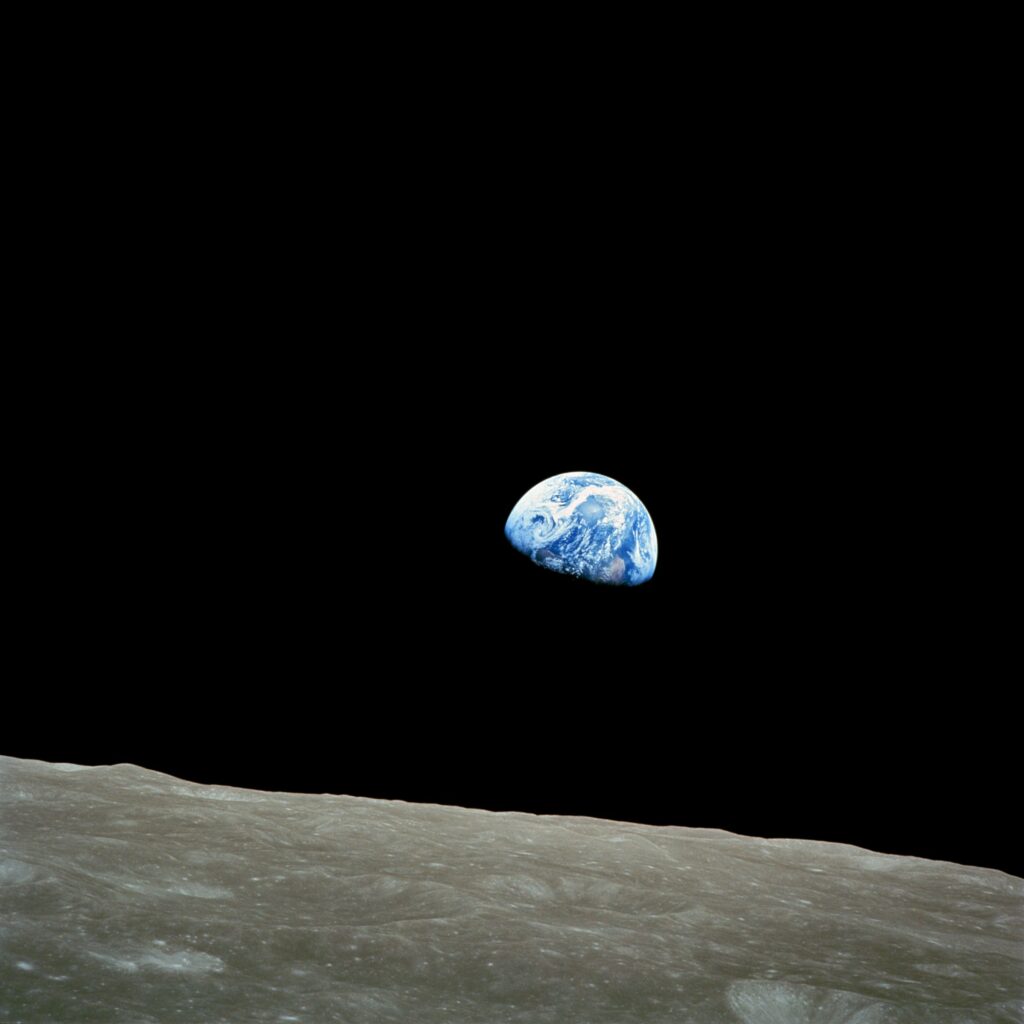
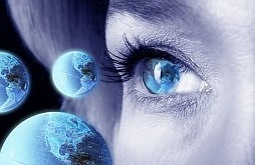
Where will we go from here? That depends on “how we will organize the hunt”, how we are going to provide ourselves with our daily bread, how we are going to finance the education of our children, and our health care, in short: how we are going to shape our economy. More than 50 years ago, for the first time in our short history, we saw our home from space; a beautiful blue planet. Fragile, at the same time. It gave many people an almost spiritual experience. I think we will need that feeling, to begin with when considering the design of our economy.
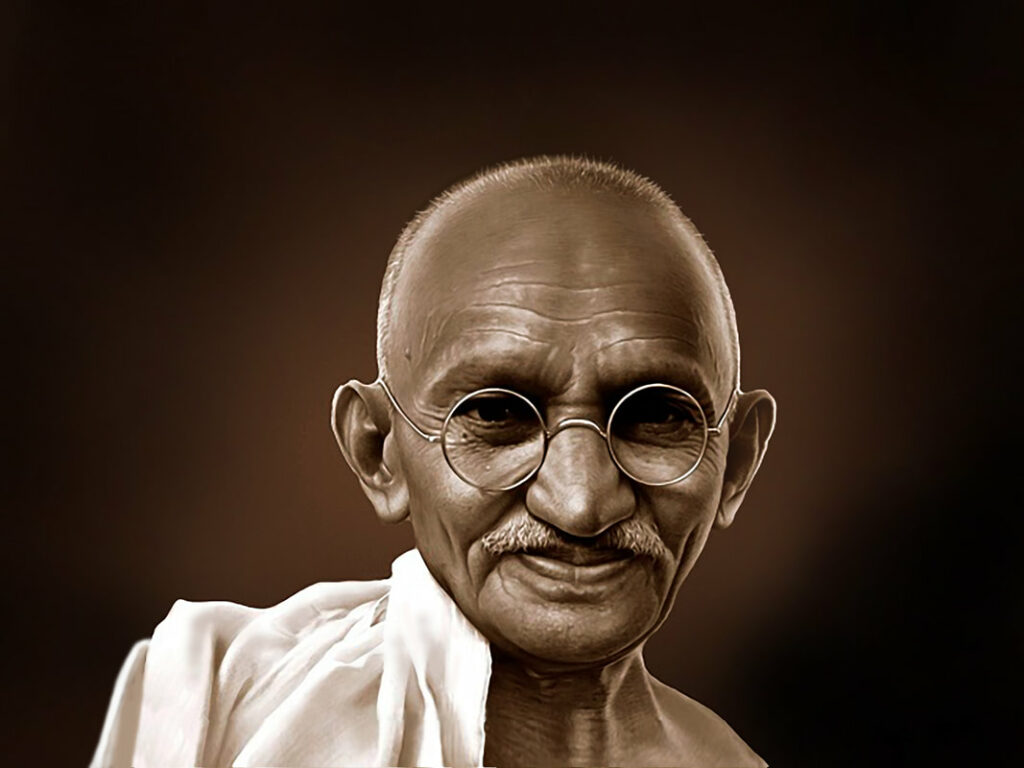
A story is circulating about Mahatma Gandhi, who was in the process of gaining independence for his country India from the colonial rule of Britain.
A journalist asked him: “Mr. Gandhi, what do you think of Western civilization?” To which Gandhi replied:
“yes, that seems like a good idea”.
I’m afraid Gandhi would still have to give the same answer to this very question today ….
Photo: Social Work Foot Prints 4/7/2020


This website is a personal narrative, based on 50 years experience in international business, non governmental organisations and consulting practise. My guest lectures at the Institute of Environmental Sciences [Leiden University, The Netherlands] are derived from it.
Ludo van Oyen – Brussels, 2021
Some photos are taken from the web. If you think your photo is used and you disagree, please send me an e-mail and I will remove it from this site.